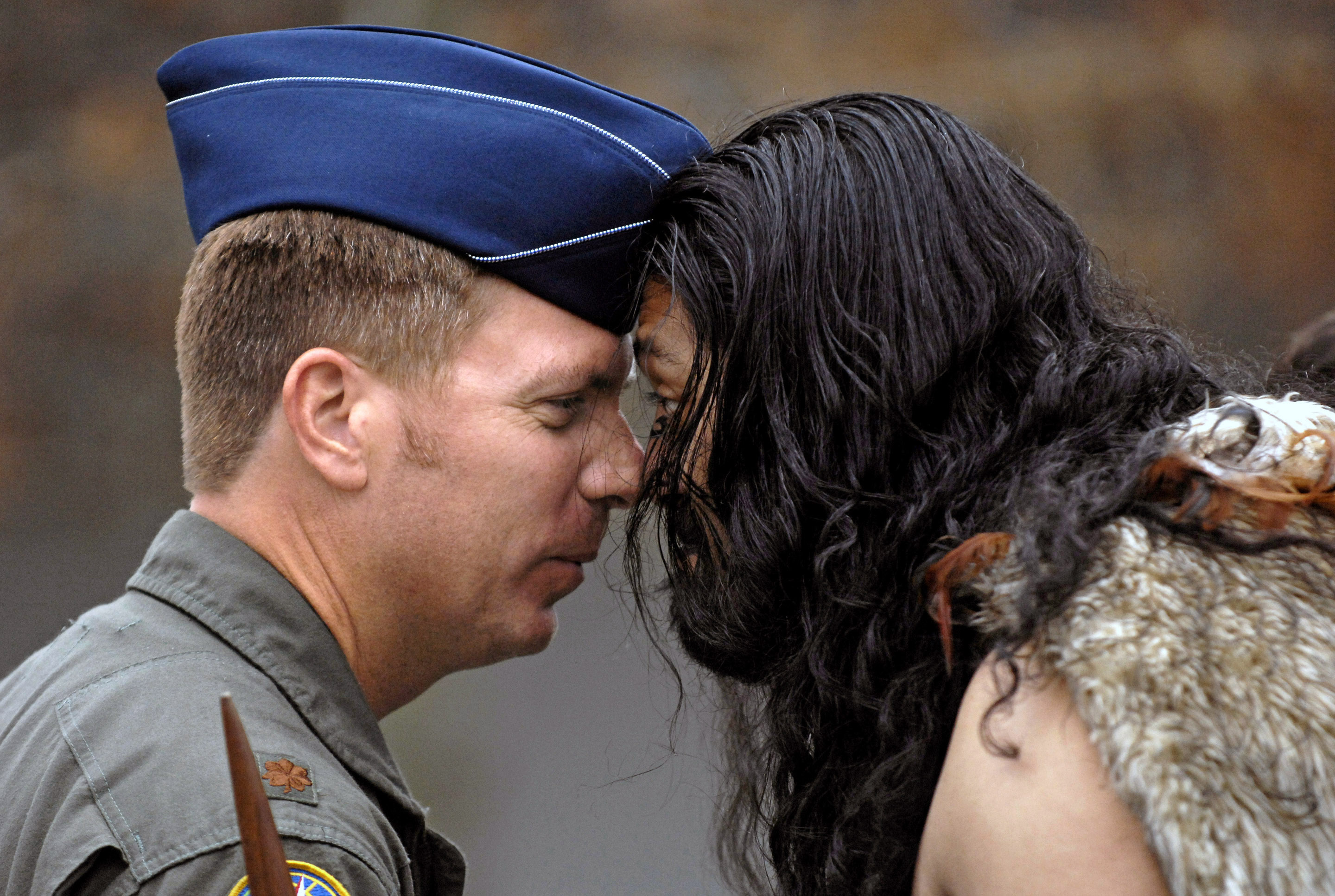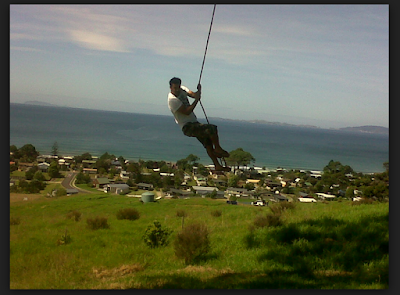Whakatu Waewae
This type of haka involves the person standing up and stamping their feet, this haka was normally preformed in the north island. No weapons were used when preforming this.The most common placed this was performed was Lake Waikaremoana.
Tutu Ngarahu
This haka was performed by jumping side to side during battle, they performed it with weapons before they battled.
Peruperu
This is traditionally a war dance performed when facing an enemy, Its purpose was to intimidate and demoralize the enemy, this haka was also used with weapons.
Ngeri
This haka was performed to motivate the warriors, this haka had no certain routine to follow. In this haka it was a chance for the warriors to let out their emotions and feelings
Manawa wera
This haka is performed at funerals, it involved no weapons at all. The haka is a freedom of moves, you can perform what ever you like.








